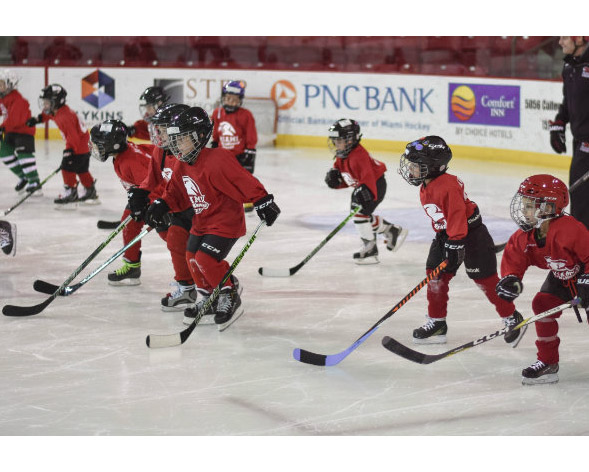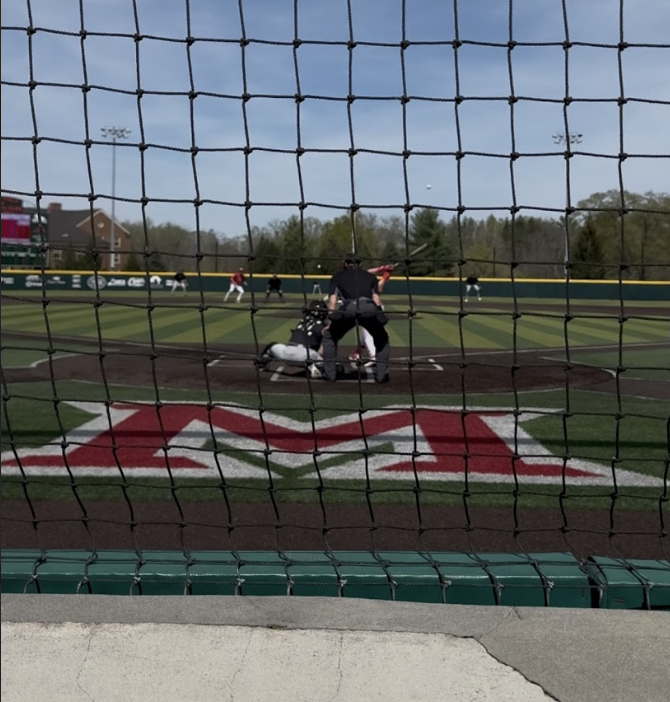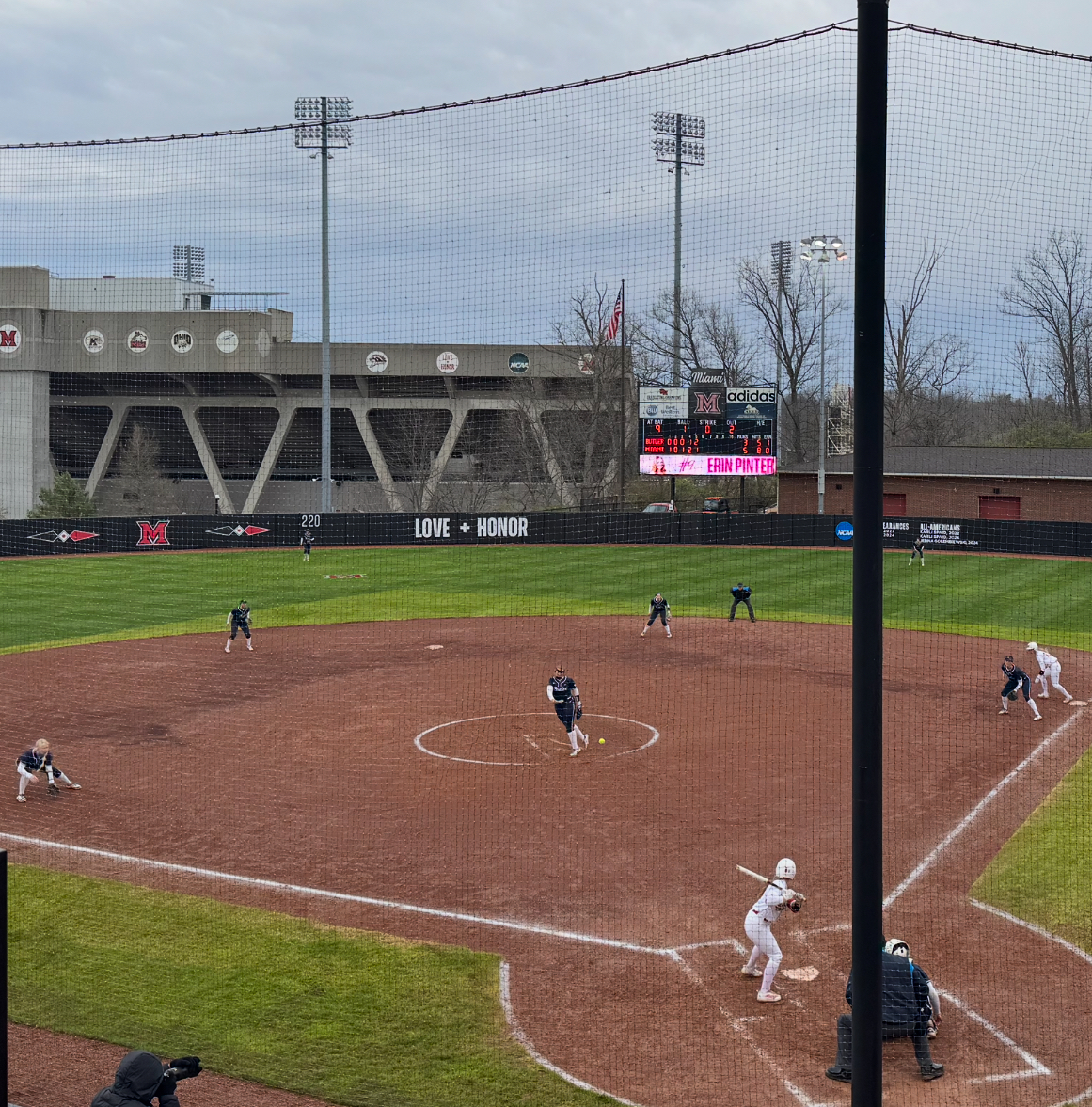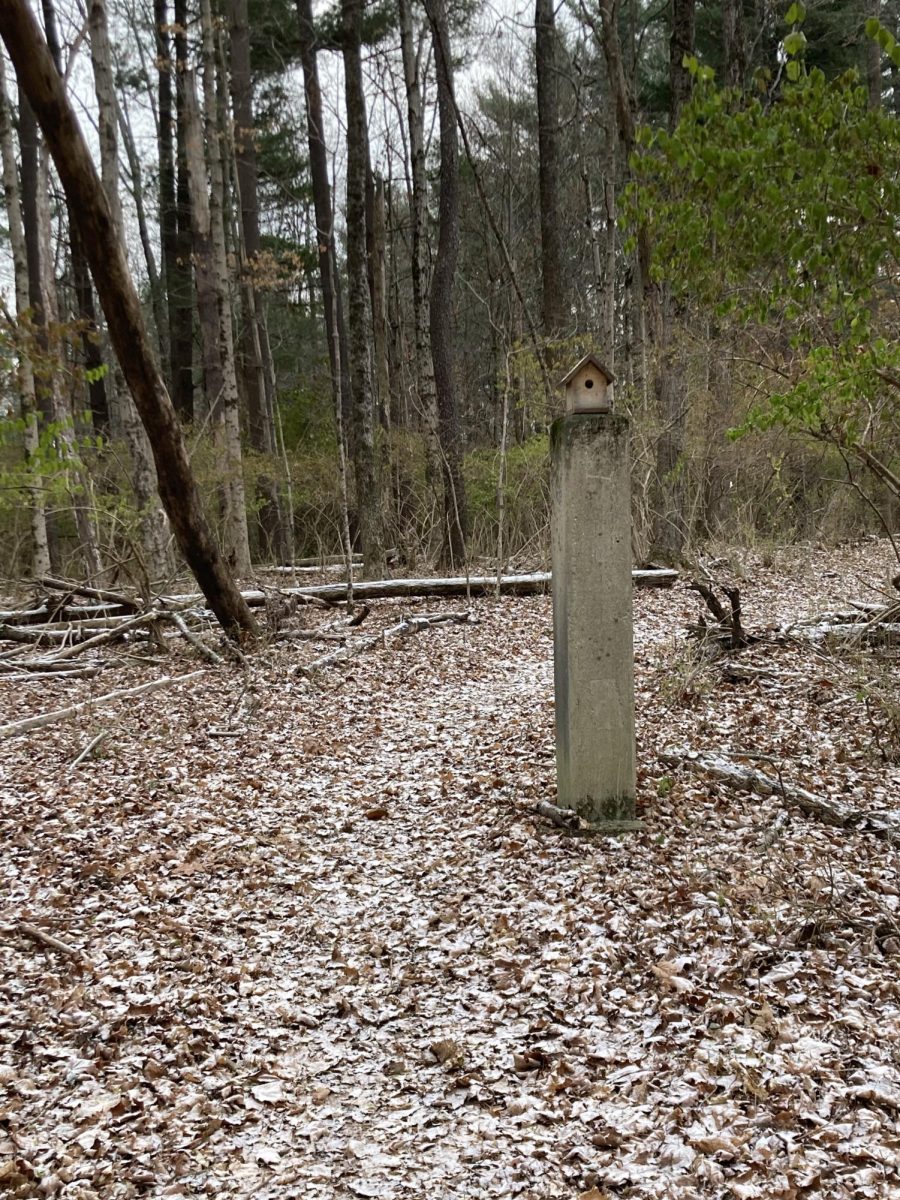Keith O’Brien stood in front of the projected black and white image of women in aviator caps, goggles and flight gear, and began to lecture on his new book: Fly Girls.
Though the title sounds sweet and almost whimsical, it took only a few seconds into the Monday lecture at Miami University’s Shriver Center to learn that this story of five female aviation pioneers in the 1920s and 1930s was anything but.
“These women,” O’Brien emphasized, “were true radicals.”
In the early 1920s there were 29 million women in the United States who were eligible to vote. Fewer than a dozen had a pilot’s license registered with the U.S. Department of Commerce, O’Brien said.
In Fly Girls, O’Brien tells the story of five of them, a “small scrappy squadron in the sky” — Ruth Elder, Amelia Earhart, Ruth Nichols, Florence Klingensmith and Louise Thaden.
Aviation at the time was “dominated by men and made for men.” Planes were built to accommodate male stature, and “women couldn’t reach the pedals,” O’Brien said.
O’Brian, a journalist who has worked for the Boston Globe and Politico, and a former faculty member at Miami, spent more than two years sifting through the archives — logbooks, flight plans, diaries, charts and letters of the five women. The wrote to one another for counsel and support, he said.
These five women were both competitors and friends, the author said. They stood up for themselves and remained “defiant in the face of rules designed to keep them in their place.”
Among the rules, the Department of Commerce, which licensed pilots at the time, recommended that women refrain from flying three days before and after their periods.
“They were denied basic rights,” O’Brien said. He listed a number of other restrictions facing women at the time. They could not file lawsuits, nor could they serve on juries, drive taxicabs or work night shifts in many jobs. And especially galling for these women pilots—they could not compete in airplane races.
Air racing of the time was as big a sporting spectacle as baseball or boxing, O’Brien said. Small, wood and fabric planes raced around a triangle of 50-foot pylons in a kind of “NASCAR in the sky,” with up to 100,000 spectators on the ground, he said.
Frequently, the press hailed male pilots as heroes after they suffered fatal crashes, but blamed women for their own demise. Even when they were successful, the press made light of the women flyers, calling them “powder puffs.”
In addition to the pylon races, there were point-to-point distance races, one of the most famous being the transcontinental race for the Bendix Trophy. The women began getting into these races, competing against male pilots, in the 1930s. Amelia Earhart became the first woman to enter the Bendix, but came in fifth in 1935.
The next year, Louise Thaden won the coveted trophy with her co-pilot Blanche Noyes, travelling from New York to Los Angeles in 14 hours, 55 minutes and one second.
Though O’Brien worked on his book for two and a half years, he still seemed flabbergasted when detailing the blatant sexism faced by the women.
He spoke as if he had become friends with the five aviators, detailing their apparent similarities.
“They knew they were different”, he said.
To O’Brien, “They were equally daring.” One jumped out of a two-story barn, another rode motorcycles, and a third wore short hair and pants as a child.
They also all “predicted that aviation was the future,” according to O’Brien, and they shared supportive fathers who, when considering their aviation careers, either “looked the other way or actively encouraged it.”
After researching and writing the book, O’Brien claimed that he “learned a few things about myself and life from these women,” that have helped shape his own parenting style.
“Let them follow their own path”, he said.
As for the state of female aviation today, women still only make up seven percent of all pilots in the United States. O’Brien said, “This number is still quite low.”
However, he noted that there is a “pilot shortage coming” and “there isn’t a pipeline of younger pilots to fill their place.” Unlike the era of the “Fly Girls,” there are efforts to interest young girls in aviation today.
“The world is in a different place,” he acknowledged.
O’Brien ended his lecture in front of the same timeworn image of scrappy-looking female aviators, but this time, the title, “Fly Girls,” flew above their heads amongst the clouds with “How Five Daring Women Defied All Odds and Made Aviation History” plainly and deservingly reminding readers of their accomplishments for aviation and women’s history.









